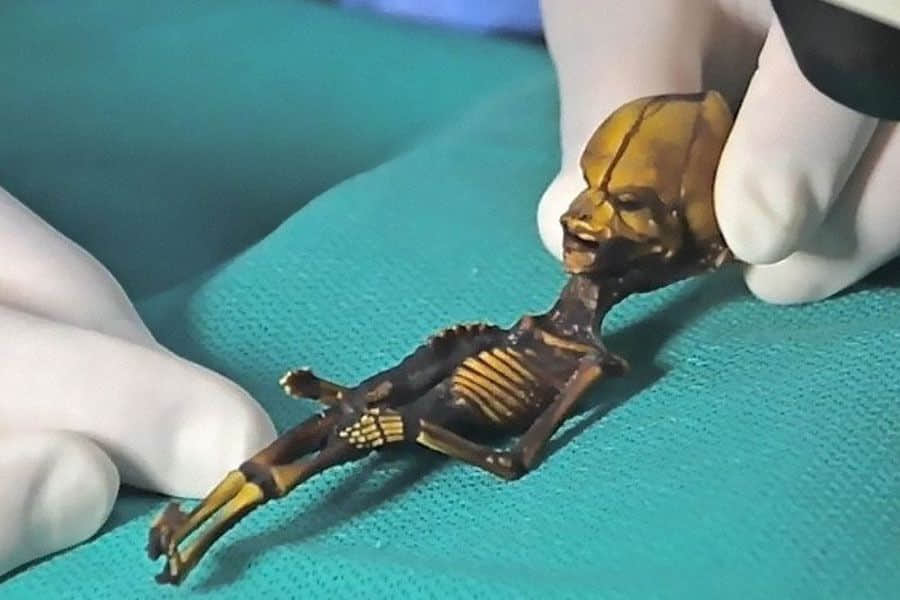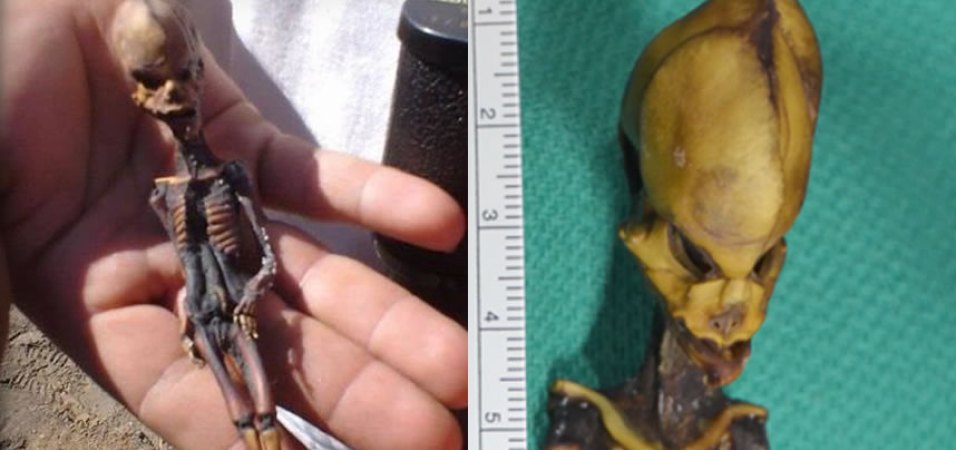Scientists have finally unraveled the origins of a mysterious skeleton that has long been believed to have extraterrestrial origins.
After five years of research, a group of researchers has shed light on the genetic structure of the peculiar specimen discovered in the Atacama Desert in 2003, famously known as “Ata.”

Led by researchers at the University of California, San Francisco, and Stanford University, forensic analysis of the skeleton confirmed that it belongs to a human, albeit one with severe genetic mutations not previously identified.

The skeleton was found in a leather pouch behind an abandoned church and is estimated to date back to the 1970s. It has been a subject of intense speculation among UFO enthusiasts ever since its disclosure to the world.

One prominent figure in this discussion is Steven Greer, the director of the Center for the Study of Extraterrestrial Intelligence and the Disclosure Project, who produced a documentary film about the Ata skeleton titled “Sirius.”

Standing at a height of 15 cm, the skeleton features an elongated skull, slanted eye sockets, and only 10 pairs of ribs instead of the usual 12.
Despite its diminutive stature, the bone development of the skeleton corresponds to that of a six-year-old child.
Since its initial discovery, Ata has changed hands and even ended up in the possession of a Spanish entrepreneur after being sold on the black market.

